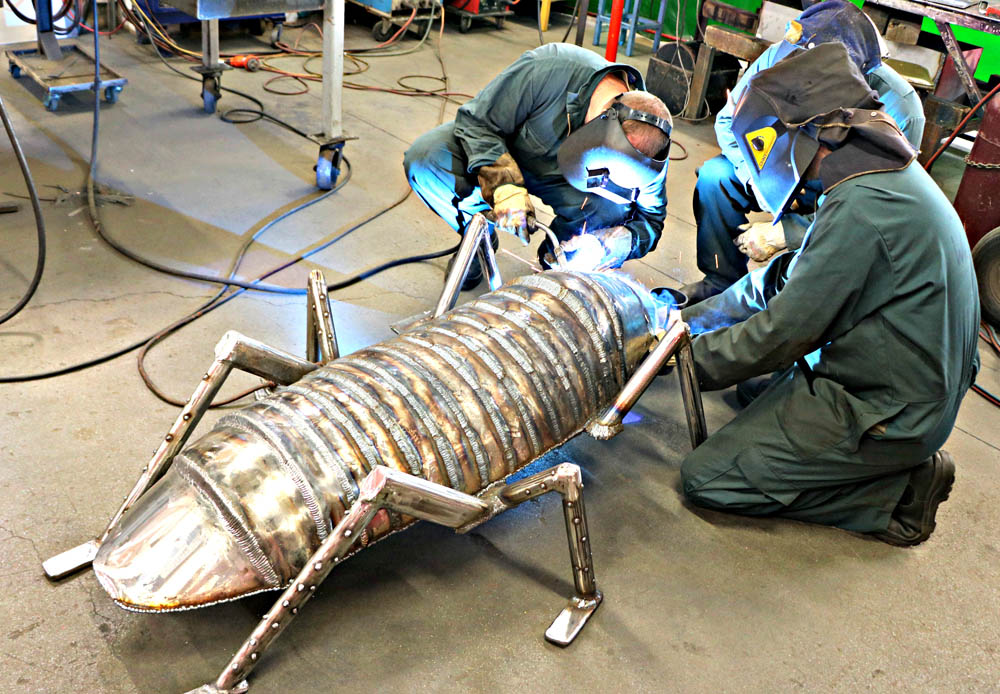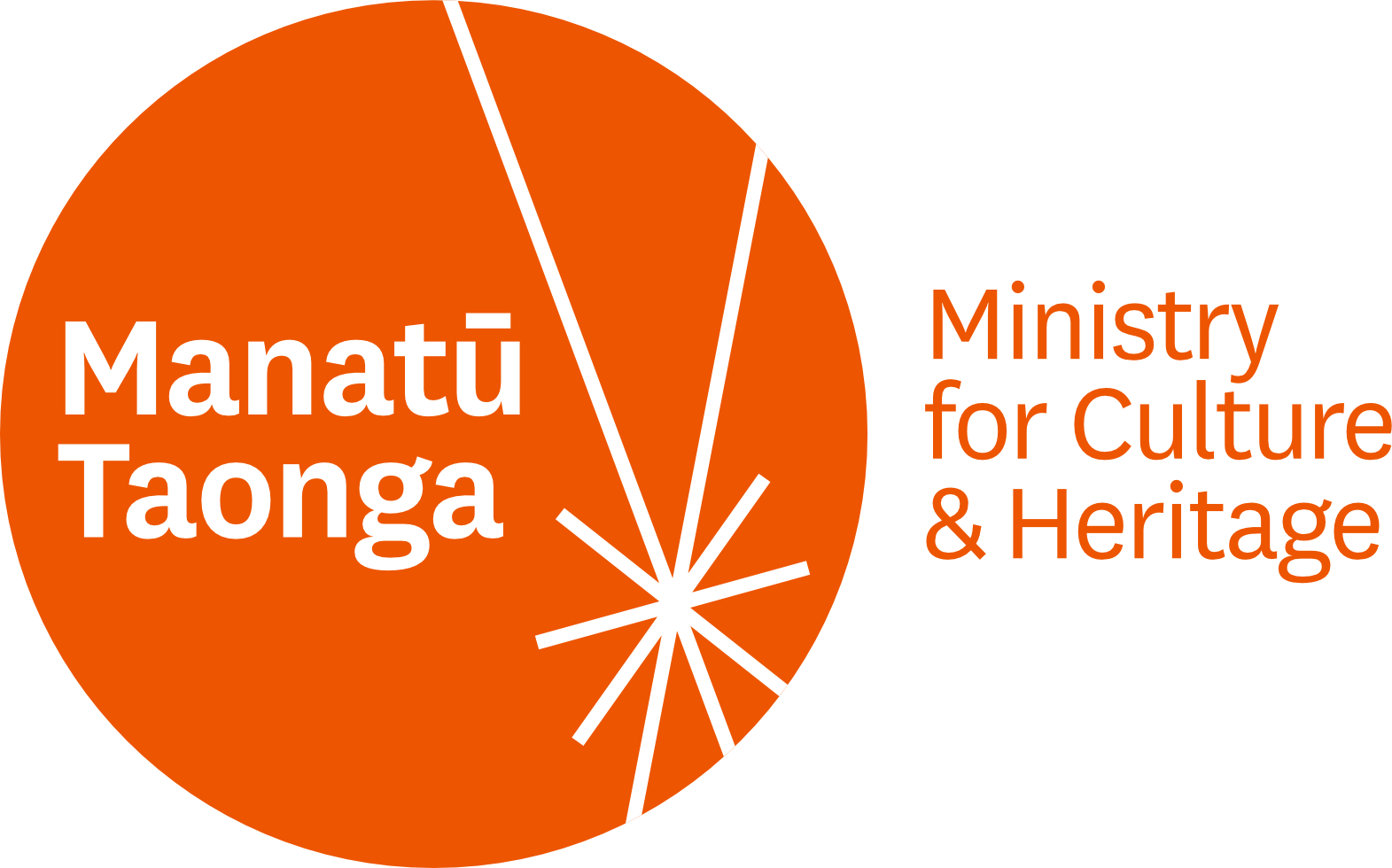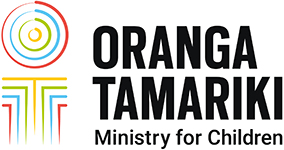The Hōkai Rangi Strategy 2019–2024 has been a game-changer. In the “Foreword from the Chief Executive” of Ara Poutama Aotearoa Department of Corrections, it says the strategy “represents a new strategic direction … that builds on the good things that are already happening, learns from doing, and, more importantly, innovates to find new and alternative ways of doing things to achieve better outcomes with Māori and their whānau.”
 Let’s focus in on that keyword “innovates”. In the context of the Hōkai Rangi Strategy, arts programmes in prisons are not just about artistic expression and a feel-good factor. For many, the programmes are vital in fostering rehabilitation, skill acquisition and, crucially, innovative thinking.
Let’s focus in on that keyword “innovates”. In the context of the Hōkai Rangi Strategy, arts programmes in prisons are not just about artistic expression and a feel-good factor. For many, the programmes are vital in fostering rehabilitation, skill acquisition and, crucially, innovative thinking.
Since becoming the Arts in Corrections Advisor at Arts Access Aotearoa in September last year, I’ve visited a number of prisons, spoken with Corrections staff, art tutors and prisoners.
Mindset geared towards innovation
And I’ve seen how arts programmes in prisons are bridging the gap between creative expression and a mindset geared towards innovation.
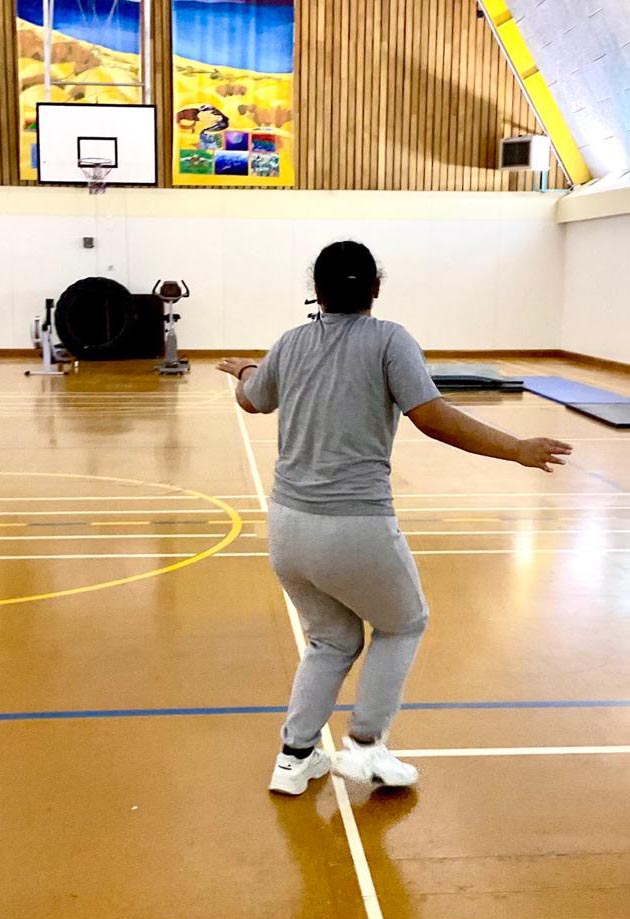 For some people not engaged in the arts sector, the arts are seen as something intangible and “fluffy”. And here’s where I think we in the arts community get it wrong. We focus too much on terms like “creative expression” because we are witnesses to their power.
For some people not engaged in the arts sector, the arts are seen as something intangible and “fluffy”. And here’s where I think we in the arts community get it wrong. We focus too much on terms like “creative expression” because we are witnesses to their power.
The opportunity to express yourself creatively enables a person to communicate things they may not be able to share or articulate in any other way. Remember the saying “A problem shared is a problem halved”? What if you don’t have the means to share that because you don’t have the language, the verbal communication skills or confidence?
Waiata, kapa haka, whakairo, music, painting, dance, theatre and creative writing are a means to communicating problems, sharing solutions and finding release.
However, this is only half the story. The other half is often overlooked. In this blog, I want to outline some of the other important benefits of arts programmes in prisons.
Innovative thinking
Innovative thinking in the arts transcends traditional ways of seeing creativity. It means using the arts as a springboard for developing a problem-solving mindset, essential for rehabilitation and reintegration. When people engage in artmaking, they're not just creating something aesthetically pleasing. They're also learning to think outside the box; see the world from different perspectives; and approach challenges with a fresh set of eyes.
Design thinking in artistic processes
Design thinking, a core component of innovative practice, is about understanding problems, forming ideas, creating and repeating. Prisoners engaged in arts programmes learn to identify challenges both in their art and in their lives; brainstorm creative solutions; and refine their approach. This method of thinking is dynamic and adaptable, making it valuable for the men and women in prison as they prepare for life beyond the prison walls.
Marketable skills
The practical skills gained through arts programmes – painting, sculpture, digital media, performing arts, creative writing – are directly transferable to various vocations.
More importantly, however, the process of creating encourages innovation and creative thinking. Prisoners engaged in arts programmes learn to see challenges as opportunities for creativity, a mindset that’s highly valued in today's job market.
Empowerment through creative autonomy
Allowing people control over their artistic projects not only fosters self-expression but also builds confidence in their ability to generate and execute ideas. This empowerment is a practical application of the Hōkai Rangi Strategy’s focus on self-determination and personal development.
Fostering a broader perspective
Arts programmes in prisons embrace cultural diversity, offering various avenues for expression. This multicultural approach enriches the prisoners' experience, teaching them to appreciate different perspectives and to think more broadly – skills essential for innovative thinking.
Collaboration and social skills
Collaborative art projects teach prisoners the value of teamwork, communication and collective problem-solving – key aspects of innovative thinking. Working together on a creative project can mirror real-world collaborative scenarios, preparing people serving sentences for effective social interaction and team dynamics outside the prison setting.
A passion for learning and exploration
For many people in prison, traditional educational paths have been challenging. Arts programmes offer an alternative, hands-on learning approach that can ignite a passion for learning and exploration. This kind of engagement paves the way for innovative thought processes and lifelong learning.
Positive impact on the prison environment
Arts programmes have a positive impact on the atmosphere in prisons. Engaged and creatively stimulated prisoners are more likely to have a constructive impact on their environment, fostering a culture of innovation and open-mindedness.
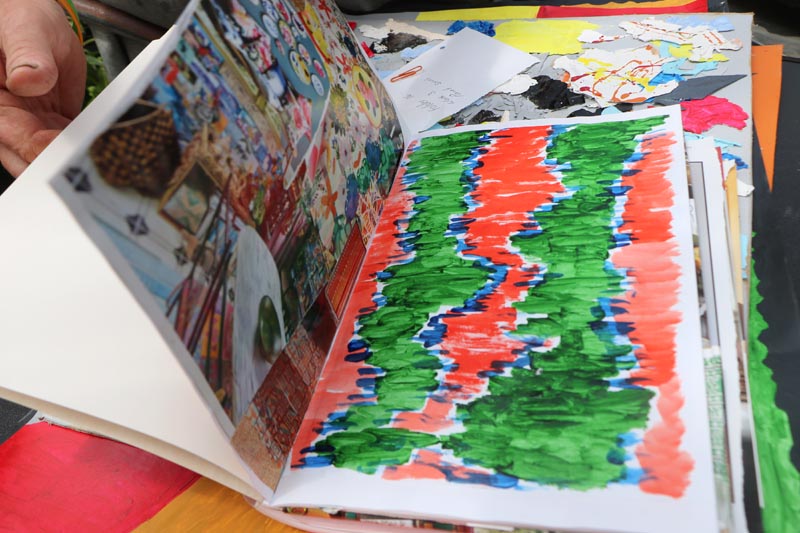 Finally, I’d like to invite all of you who provide and support arts programmes in prisons to consider a language shift. I believe we need to be sharing how essential the arts are in preparing people in prison for reintegration into society, equipping them not only with the ability to express themselves but also with mindsets honed for productive innovation and problem-solving.
Finally, I’d like to invite all of you who provide and support arts programmes in prisons to consider a language shift. I believe we need to be sharing how essential the arts are in preparing people in prison for reintegration into society, equipping them not only with the ability to express themselves but also with mindsets honed for productive innovation and problem-solving.
In today’s social climate, I believe a shift in language away from ephemeral and more subjective terms towards more concrete terms such as “innovation”, “learning” and “communication” will help us be heard more clearly by more people.


